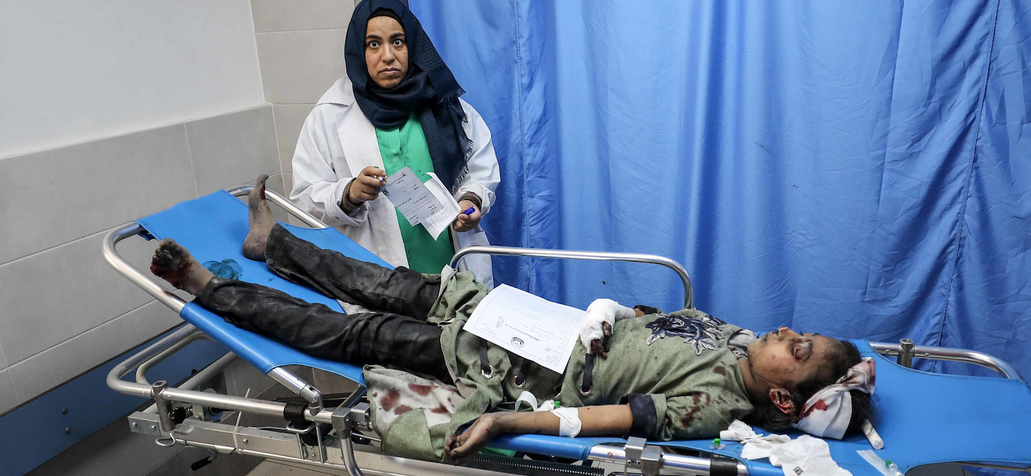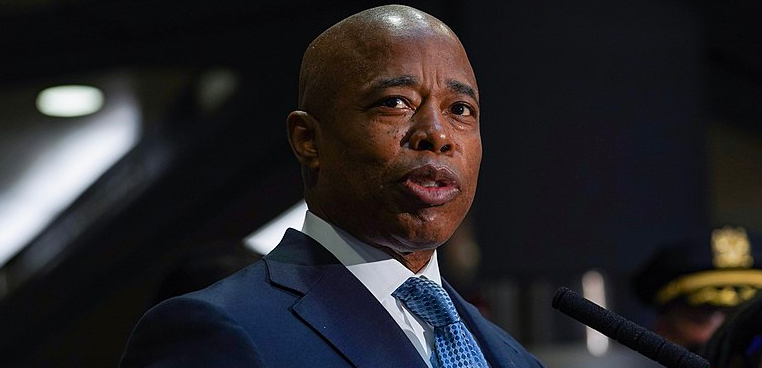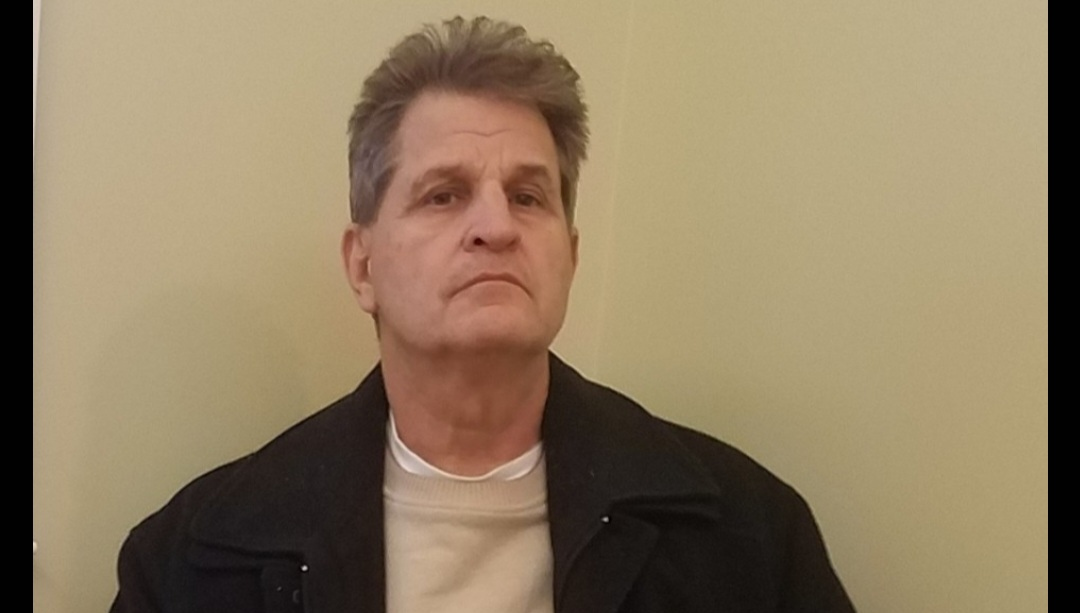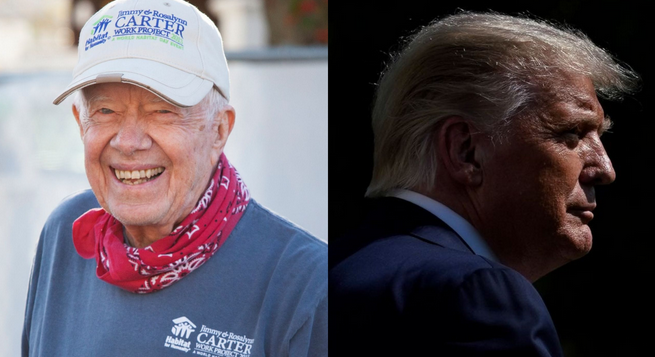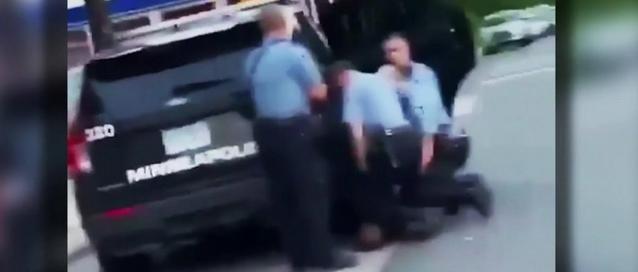Photos: YouTube
Florida needs to do a better job protecting the vote from Hurricane Ian than it did with 2018′s Hurricane Michael. In forthcoming research in The Journal of Politics, we show how Hurricane Michael — and the state’s reaction — hurt polling places and depressed turnout.
The main lesson from 2018? Florida must do everything it can to keep polling places affected by Ian open or should establish emergency poll sites in the same areas rather than making voters travel farther to vote.
Category 5 Hurricane Michael hit Florida on Oct. 10, 2018. It devastated the panhandle, causing $25 billion in damage and killing more than a dozen residents. In response, then-Gov. Rick Scott issued an executive order that allowed for loosened mail voting restrictions (great!), and let counties consolidate polling places at the last minute (not great since there was no funding for emergency polling sites).
We learned through records requests that the state did not provide any emergency funding for the election. Most counties consolidated polling places without adding emergency sites. In the eight counties covered by the executive order, the number of polling sites dropped from a planned 125 to 61.
It’s possible that some consolidation was inevitable. After all, some polling sites really were destroyed. But in addition to being flexible, Florida should have looked to other models — like the emergency sites that New Jersey erected for the 2012 election after Superstorm Sandy.
The result from Florida’s failure to adapt? Turnout fell across the eight counties covered by the executive order. And it fell by a lot — 7 percentage points. In voting statistics, that is a huge drop.
Using a novel causal approach (see our paper for more) we separate out the direct effect of the weather from the effect of election administration. In the end, pretty much the entire effect was driven by closures.
As the state responds to Hurricane Ian, loosening mail ballot restrictions will be a good idea. People will be displaced, and they will be looking for new ways to vote. But the state also needs to commit real resources to keep polling places open — or risk a repeat of 2018.
By Brennan Center’s Kevin Morris & Peter Miller
This was originally published by the Tampa Bay Times.



